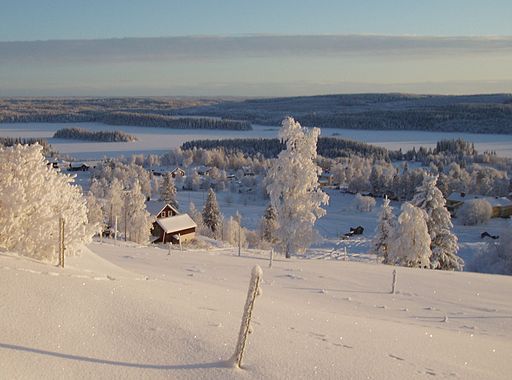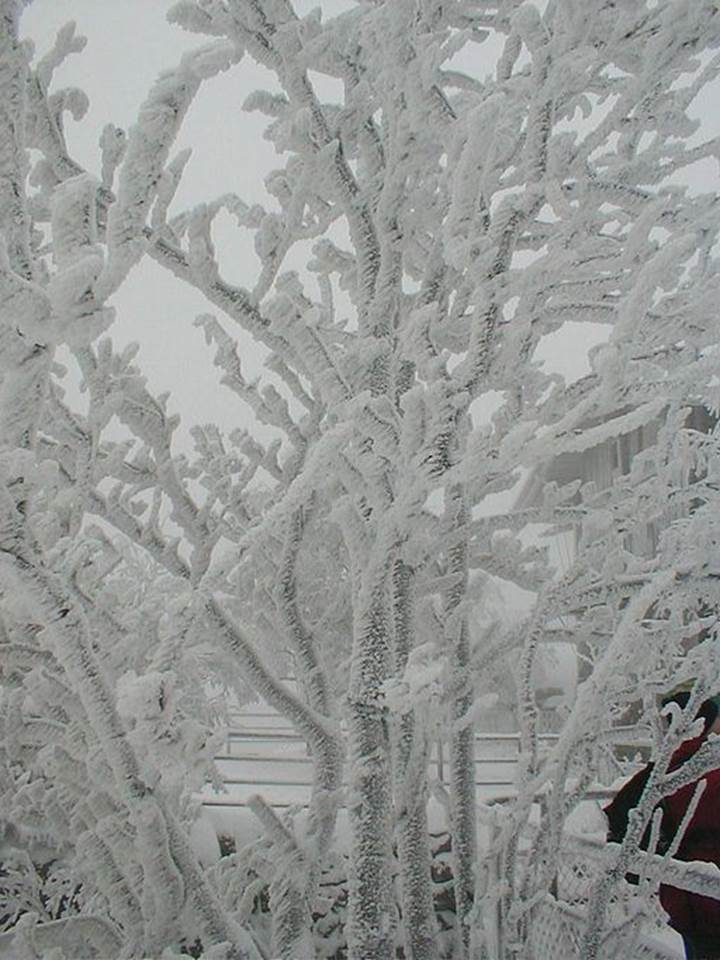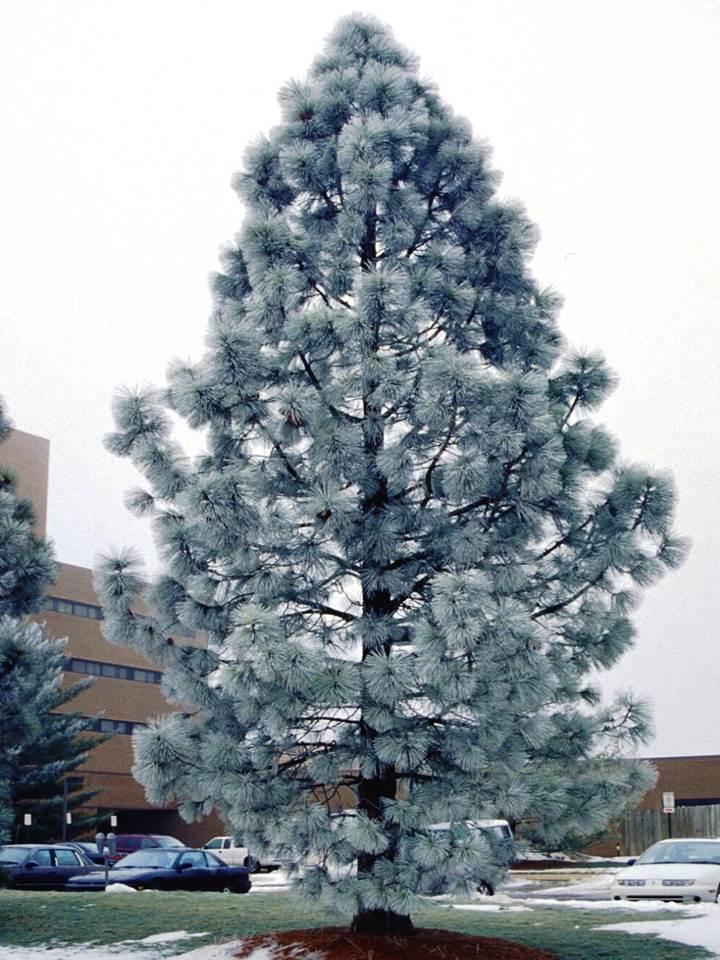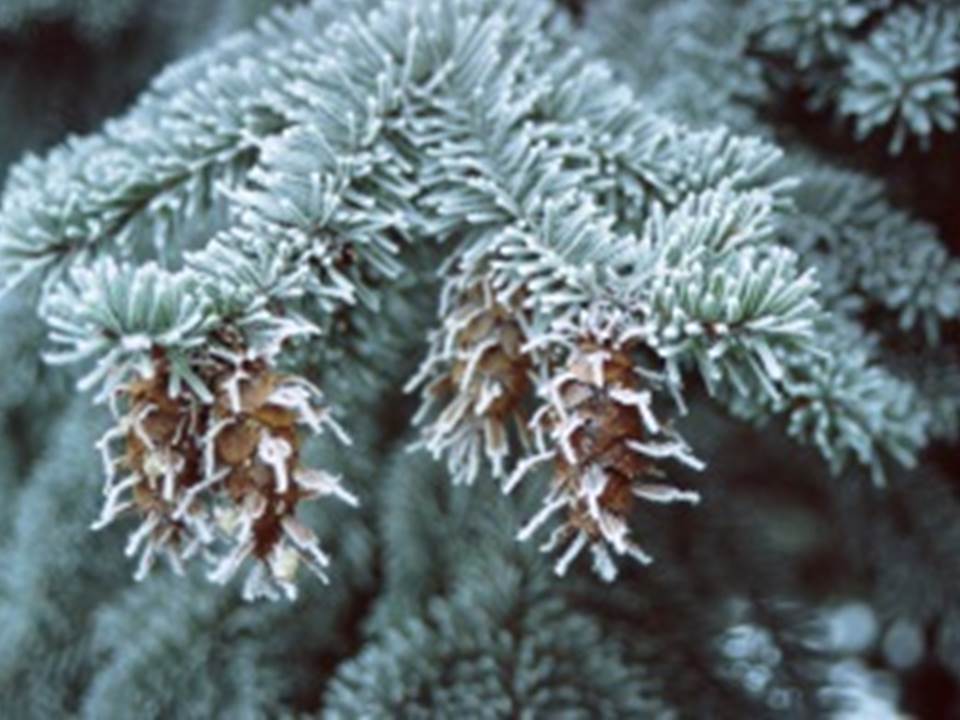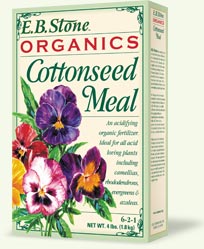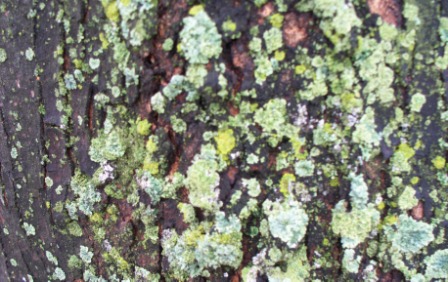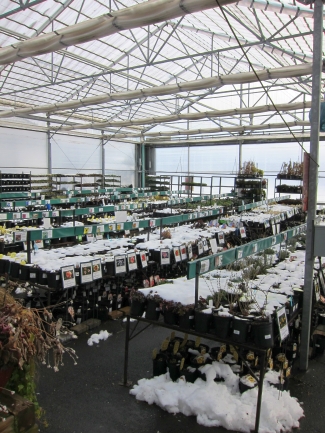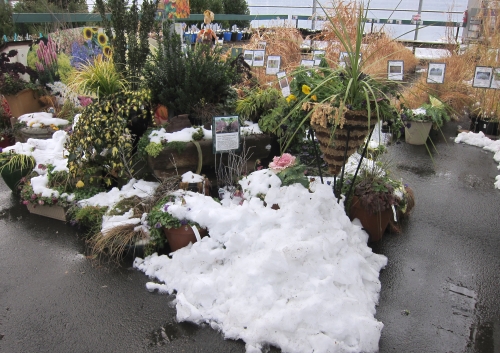
Last time I posted I began discussing this link about horticultural molasses. Let’s continue with the dissection:

“When molasses is sprayed directly on plants, it is absorbed straight into the plant. Once absorbed, the sugar content of the plant goes up. If you need proof, go pour a Coke on a spot in your lawn, in a week you will see exactly what I mean. Simple sugars are how plants store energy for rainy days and winter hibernation. So, why is this important to you as a gardener? Aside from basically giving your plants a power boost, you are stopping bugs. “What?” you ask. Yes, it stops bugs. Insects are very simple creatures. They can only feed within a narrow window of sugar content. When the sugar content of plants is raised, insects can’t feed on them. They take one bite and move on.
“The second way molasses controls insects, is by being directly ingested by the insect. What most people don’t know is that only Sugar Ants and bees can process the simplest sugars. Insects have no way of expelling the gas that builds up from fermenting sugar and the vegetation in their gut (draw your own mental pictures please). Plus, they have exoskeletons and can’t get bloated. Their delicate internal organs are crushed from the inside out. All a bug needs to do, is walk through or try to feed on a molasses covered plant. Insects are constantly cleaning themselves. They will try to lick the molasses off their feet and swallow it. If they take a bite of a molasses coated plant, they will swallow it.”
Some specific observations and comments:
1) “If you need proof, go pour a Coke on a spot in your lawn, in a week you will see exactly what I mean.” I just don’t think I can do this comment justice, so I’ll leave it to your imagination as to what you might see and how it relates to a 1% molasses solution sprayed onto leaves.
2) “Simple sugars are how plants store energy for rainy days and winter hibernation.” Actually, no. Simple sugars are difficult to store as they contain a lot of water and they can be quite reactive. Plants transform simple sugars (monosaccharides and disaccharides) into polysaccharides for storage.
3) “Insects are very simple creatures. They can only feed within a narrow window of sugar content. When the sugar content of plants is raised, insects can’t feed on them. They take one bite and move on.” Obviously the author has never seen Men In Black.

Give me sugar…in water
4) “What most people don’t know is that only Sugar Ants and bees can process the simplest sugars.” Please explain this to the cockroach I once saw in a sugar bowl.
5) “Insects have no way of expelling the gas that builds up from fermenting sugar and the vegetation in their gut. Their delicate internal organs are crushed from the inside out.” Did you know that termites are significant producers of methane gas – a byproduct of fermentation? And they release it the old-fashioned way.

From NASA’s website on methane production
More next week!

